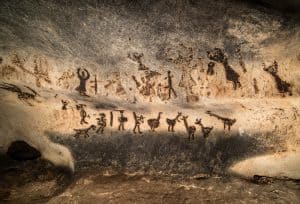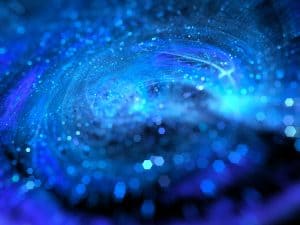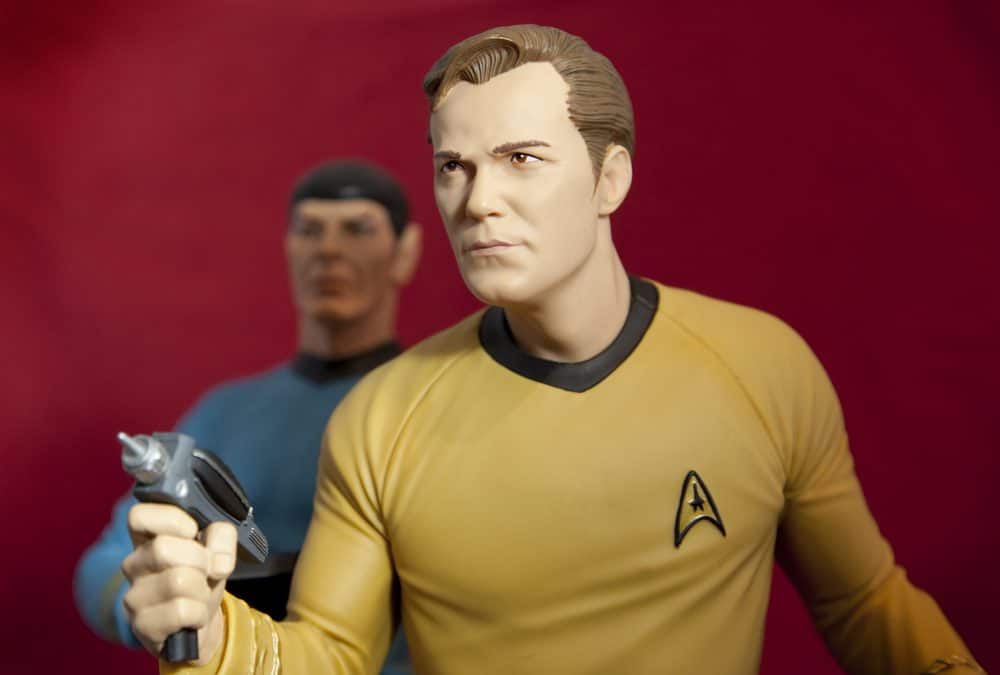Prior to 1982, all animated films had to be done by hand, frame by frame. History shows that even in paleolithic cave paintings there is evidence of attempts at animation. Another example includes a 5,200-year old pottery bowl discovered in Shahr-e Sukhteh, Iran. The bowl has five sequential images painted around it that seem to show phases of a goat leaping up to nip at a tree.
 Sometime around 1700, glass slides were added to lanterns that imitated motion. However, it wasn’t until 1770 that more advanced techniques were developed by Edmé-Gilles Guyot. He detailed how to project a magic lantern image on smoke to create a transparent, shimmering image of a hovering ghost. This technique was used in the phantasmagoria shows that became very popular all over Europe around that time.
Sometime around 1700, glass slides were added to lanterns that imitated motion. However, it wasn’t until 1770 that more advanced techniques were developed by Edmé-Gilles Guyot. He detailed how to project a magic lantern image on smoke to create a transparent, shimmering image of a hovering ghost. This technique was used in the phantasmagoria shows that became very popular all over Europe around that time.
Almost 100 years later, John Barnes Linnett patented the first flip book. It was called the kineograph. In 1892, the first known animated projection on a screen was created in France by Charles-Émile Reynaud, who was a French science teacher. The movie was called Pauvre Pierrot and shown at the Musée Grévin in Paris. It was not much longer before movie animation became a norm.
Walt Disney’s 1937 Snow White and the Seven Dwarfs is considered the first animated feature film by most (though it is said at least seven films were released earlier). Disney’s film was the first one completely made using hand-drawn animation and set the stage for future animations.
In 1982, George Lucas and his studio created Star Trek II: The Wrath of Khan, which had “the first completely computer-generated cinematic image (CGI) sequence in a feature film,” according to Wikipedia. The sequence lasted all of sixty seconds, but prior animation had to be done hand by hand, frame by frame. The time and labor was enormous. Still, nearly all the other special visual effects in Star Trek II: The Wrath of Khan were done with traditional, analog methods. Only the one minute sequence applied computer graphics. This was quickly deemed the “Genesis Effect.”
“The Wrath of Khan was one of the first films to extensively use electronic images and computer graphics to speed production of shots. Computer graphics company Evans & Sutherland produced the vector graphics displays aboard the Enterprise and the fields of stars used in the opening credits. Among ILM’s technical achievements was cinema’s first entirely computer-generated sequence: the demonstration of the effects of the Genesis Device on a barren planet. The first concept for the shot took the form of a laboratory demonstration, where a rock would be placed in a chamber and turned into a flower. [Effects supervisor Jim] Veilleux suggested the sequence’s scope be expanded to show the Genesis effect taking over a planet. While Paramount appreciated the more dramatic presentation, they also wanted the simulation to be more impressive than traditional animation. . . .” (Wikipedia article on Start Trek II: The Wrath of Kahn, accessed 03-12-2012).
Fast forward to present day. Animation is becoming more and more advanced thanks to technology, but is still a very tedious project. Various simulations and experimentation help the animators create more realistic art and improve production speed. Believe it or not, science plays a key role.
tedious project. Various simulations and experimentation help the animators create more realistic art and improve production speed. Believe it or not, science plays a key role.
Consider the particle:
noun 1. a minute portion, piece, fragment, or amount; a tiny or very small bit: a particle of dust; not a particle of supporting evidence.2. Physics.
- one of the extremely small constituents of matter, as an atom or nucleus.
- an elementary particle, quark, or gluon.
- a body in which the internal motion is negligible. (www.dictionary.com)
According to Pixar, using particles is a simplification of real physics, but it’s an effective tool for artists. The more particles you use, the closer you get to real physics. Matt Wong, who works at Pixar, says that in their movies, most of the simulations require millions and millions of particles to create believable water. Keeping track of that many particles would take too long for humans to do. Even some computers have trouble with large particle counts.
Watch below to learn more about their powerful technique for creating realistic animated movies… called a particle system.
Incredible! Now, see what kind of looks you can achieve with this Genesis effect inspired simulator using a multitude of colored particles!
Genesis effect
Made using: Khan Academy Computer Science
And then some,
Your Friends @ OBP


Recent Comments